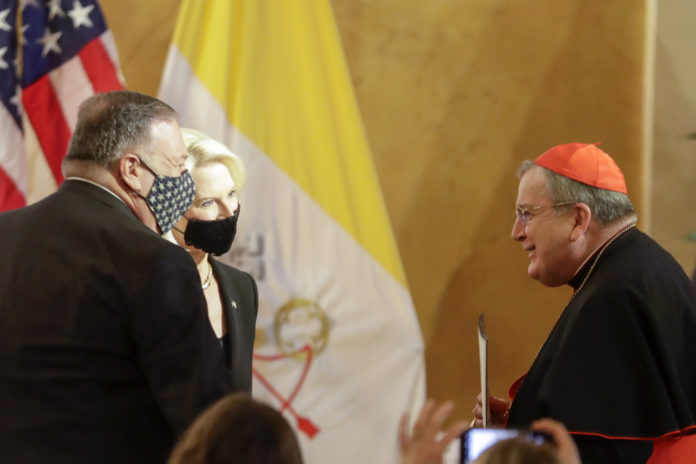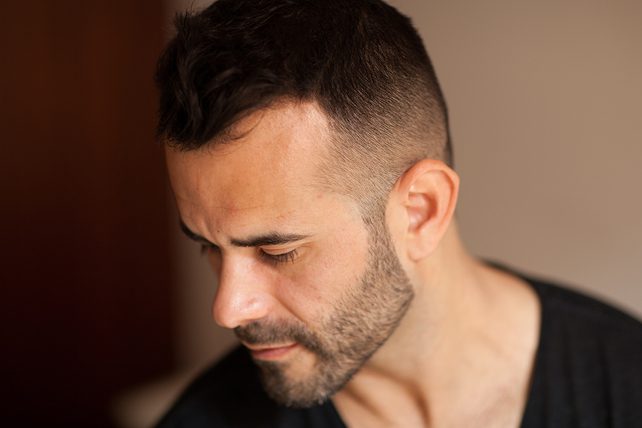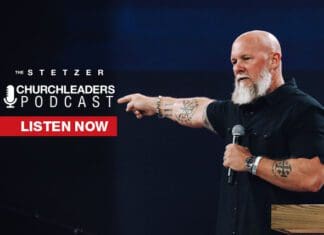Numerous strides have been made in homiletical circles over the past several years on how to preach Christ from the Old Testament. Indeed, one of my joys in teaching a second-year preaching lab at a seminary is helping students connect Old Testament law, narratives, poetry, prophecies, and so forth to their “fulfillment” (broadly conceived) in Christ—and through him to us.
There are several ways to do this: typology, redemptive-historical trajectories, prophet-priest-king, and messianic prophecies, to name a few. What unites all of them is a certain directionality, so to speak: from the Old Testament forward to Christ. From shadow to reality; from type to antitype; from promise to fulfillment. From back then to now.
And all that is great and true and, thankfully, is becoming Homiletics 101 in many circles.
But are we missing another tool in the toolbox? I want to reflect briefly on whether and how the preexistence of Christ could impact the preaching of the Old Testament.
A BRIEF PRIMER ON PREEXISTENCE
“Preexistence” refers to the real, personal, pre-incarnate existence of the Second Person of the Triune God, before his taking on flesh. It’s a foundational part of the orthodox Christian confession that the Son is fully God. Christ did not become divine at some point but has always been.
Scriptural evidence for Christ’s preexistence includes the following:
More data could be mustered, but these suffice to prove the point.
A PRE-EXISTENCE PROBLEM?
Given such evidence for the existence of Christ before his coming, it’s surprising that most Christocentric sermons tend to preach the Old Testament only in terms of pointing forward to his coming—making the proverbial “beeline” to the cross by working justification-via-substitutionary-atonement into every Old Testament sermon text.
Oddly, we do not do that with the Holy Spirit, who appears hundreds of times in the Old Testament. If the “Spirit” of God is in an Old Testament sermon text, we do not simply jump to Pentecost—we stay there, articulating how the Spirit was at work in various ways in the Old Testament era.
But why do we so rarely do the same with Christ? Why do we so often preach as if the Son did not exist in Israel’s day when, in fact, he did? To make steps in improving this, I will offer some reflections on preexistence and preaching.
PRE-EXISTENCE & OT PREACHING
Much work would need to be done to frame the boundary lines on preaching a preexistent Christ from the Old Testament. For starters, however, we can follow the lead of the New Testament authors who give us a glimpse of the preincarnate Son at work in the life of ancient Israel. That is, Christ is not only the destination toward which the Old Testament points (though that is true and wonderful), but he was actually involved in the Old Testament era.
(1) Creation. In multiple passages the New Testament declares that the agent of creation is the Son. He is the one “through whom” all things were made (John 1:3; 1 Cor. 8:6; Col. 1:16; Heb. 1:2). If so, any Old Testament passage that deals with God’s creative work (e.g. Ps. 19) should, indeed must, feature Christ prominently. The “beeline” points to the beginning!
(2) Exodus. When preaching the exodus story christologically, the most readily available option is to see Christ as the consummate Passover Lamb (1 Cor. 5:7). But Jude 5 offers another angle. Though the text-critical situation is thorny, the most recent critical text affirms that the original likely reads, “Jesus, who saved a people out of the land of Egypt” (many English translations like the ESV had already made this judgment). Seeing Christ not only pictured in the Passover blood but also as the preexistent deliverer who defeats Pharaoh and leads Israel out would be a powerful approach to that part of Scripture. (Not only this, but Jude’s assertion may crack open the “angel of the Lord”-as-Christophany question, since, as Exodus plays out, it is often this angel who leads the way.)
(3) Wilderness. The New Testament affirms that the preexistent Son is active in Israel’s wilderness sojourn: sustaining the people (“that Rock was Christ,” 1 Cor. 10:4); being opposed by them (“do not put Christ to the test, as some of them did,” 1 Cor. 10:9); and punishing them (“Jesus . . . afterward destroyed those who did not believe,” Jude 5b). These insights on the work of the pre-incarnate Son could provide fresh wind for preaching of the latter part of Exodus and Numbers.
(4) Kingship. Typically we take kingship material in narrative (1 Samuel–2 Kings) and poetry (kingship psalms) as pointing forward to Jesus as the promised Davidic heir. But Jesus himself gives us another behind-the-scenes glimpse when he exegetes Psalm 110 in Mark 12:35–37 (see further). Jesus reads himself as David’s “my Lord” (adoni) being addressed by “the LORD” (YHWH), pulling back the curtain, apparently, on a heavenly conversation between Father and Son. The psalm is not spoken to or about David himself, but is a psalm of the preexistent Son. Other psalms work in a similar way. Thus, our preaching of the royal psalms could benefit not only from pointing forward to Jesus but also reflecting on how king David was already under the kingship of the Son.
(5) Gospel Mandate. John 12:41 makes a stunning claim about a famous scene in Isaiah 6: “Isaiah said these things because he saw his glory and spoke of him.” But who is the “his/him”? In John 12, the referent is undoubtedly Christ. But in Isaiah 6, the referent is the “glory” of the enthroned LORD. Thus, John is revealing what Isaiah really saw: the “glory” of the enthroned God includes, in some way, the Son. Not only does this peek at preexistence raise interesting possibilities for, say, Ezekiel 1 and Daniel 7, but it suggests something important about the “gospel” in the Old Testament. In Isaiah 6:9–10, God directs Isaiah to preach to his countrymen but warns that many will be hardened. It is that particular point that John actually connects to Jesus (12:37–40; cf. Mark 4:10–11; Acts 28:26–28). The New Testament conviction that the gospel both softens and hardens is rooted in the same conviction of the Old Testament, given by the enthroned Lord and Christ. Thus, preaching about Israel’s up-and-down (mostly down!) response to God in the Old Testament not only points forward to Jesus—but also back to his residence in the throne room.
CONCLUSION
My aim is not to provide the definitive answers but to suggest some possibilities for recalibrating our preaching of Christ from the Old Testament in such a way that sees him not only as the one to whom the Old Testament points, but also as one who, in his preexistence, is at work in the Old Testament itself.
Doing so would recover the apostles’ instinct. Time and again they apply Old Testament passages about YHWH directly to Christ himself. If so, preaching the Old Testament faithfully should engage the preexistent Son, for he was God just as much then as he is now (Heb. 13:8).
This article originally appeared here.































